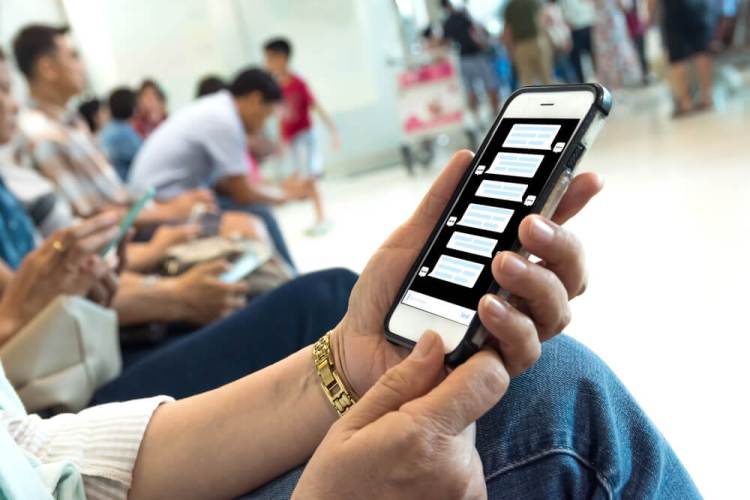As marketers look into 2018, they see that the conversational AI landscape is primed for increased consumer adoption. In fact, in a recent survey, nine out of 10 people said they prefer messaging directly with a brand. This year, Apple, Facebook, Google, and Amazon all leaned into messaging and conversation. In 2018, the big four will make conversational AI the main gateway to communicate with the customer.
Consumers and brand marketers will see an uptick in the following areas:
A move beyond basic bots
Words like “chatbot,” “AI,” and “machine learning” are certainly trending at the moment. For a brand, embracing emerging trends and breakthrough technologies like chatbots is imperative, but so is aligning new innovations with a strategy that drives the bottom line.
As a recent Forester report noted, “the honeymoon for enterprises naively celebrating the cure-all promises of artificial intelligence (AI) technologies is over.” In 2018, more brands will put in the hard work and utilize chatbots as a powerful way to acquire new customers and personalize the experience for every person throughout the customer journey. Chatbots designed to segment and engage customers throughout the entire conversation will drive higher metrics than bots that fail to do so.
June 5th: The AI Audit in NYC
Join us next week in NYC to engage with top executive leaders, delving into strategies for auditing AI models to ensure fairness, optimal performance, and ethical compliance across diverse organizations. Secure your attendance for this exclusive invite-only event.
Facebook Messenger’s Customer Chat will become a game-changer for marketers
In November 2017, Facebook Messenger launched Customer Chat, a plugin that lets businesses have Facebook Messenger conversations right on their own website. With the release of Customer Chat, brands can take advantage of their websites and acquire new customers in the growing Messenger platform for free.
Facebook Messenger Customer Chat is an opportunity for marketers because when people leave a website, it allows them to view or continue their conversation with a brand on their phone, using the Messenger app. Messenger launched in 2008 as a no-frills chat functionality but has since matured into an end-to-end communications platform, while acquiring 1.3 billion users along the way. The adoption of website and mobile integration for Messenger has paved the way for Facebook Messenger to continue its current reign as the leading enterprise chat platform.
Apple enters the enterprise
At the company’s most recent Worldwide Developer Conference, Apple gave a sneak peek into Business Chat. Apple touts Business Chat as a “powerful new way for businesses to connect with customers directly from within Messages.” As Apple states on its developer site, “Business Chat connects businesses with their customers to answer questions, schedule appointments, make payments with Apple Pay, and more.”
Apple users will be able to message a business using the Messages app after seeing a call-to-action in Siri, Maps, Safari, and Spotlight.
This decision to bring customers and businesses closer together via one of its core apps mirrors moves by Facebook Messenger. These are not iMessage chatbots, however. Apple’s intent is to facilitate person-to-person interaction through chat. Adding customer service features in iMessage increases the likelihood people will stay inside Apple instead of going to a brand’s website or a Messenger bot.
Instagram chatbots?
Another huge 1:1 for marketers could exist beyond Facebook Messenger, Apple Business Chat, Google Assistant, and Alexa. In 2018, it would be wise for Instagram to roll out a messaging feature. Instagram’s consistent growth and steady introduction of new features have made the photo-and-video-sharing network a force for leading brands. By adding chatbots, Instagram could empower brands to move beyond hearts and into commerce, customer support, and increased consumer engagement.
Jonathan Shriftman is the director of business development at Snaps, a mobile messaging service.


